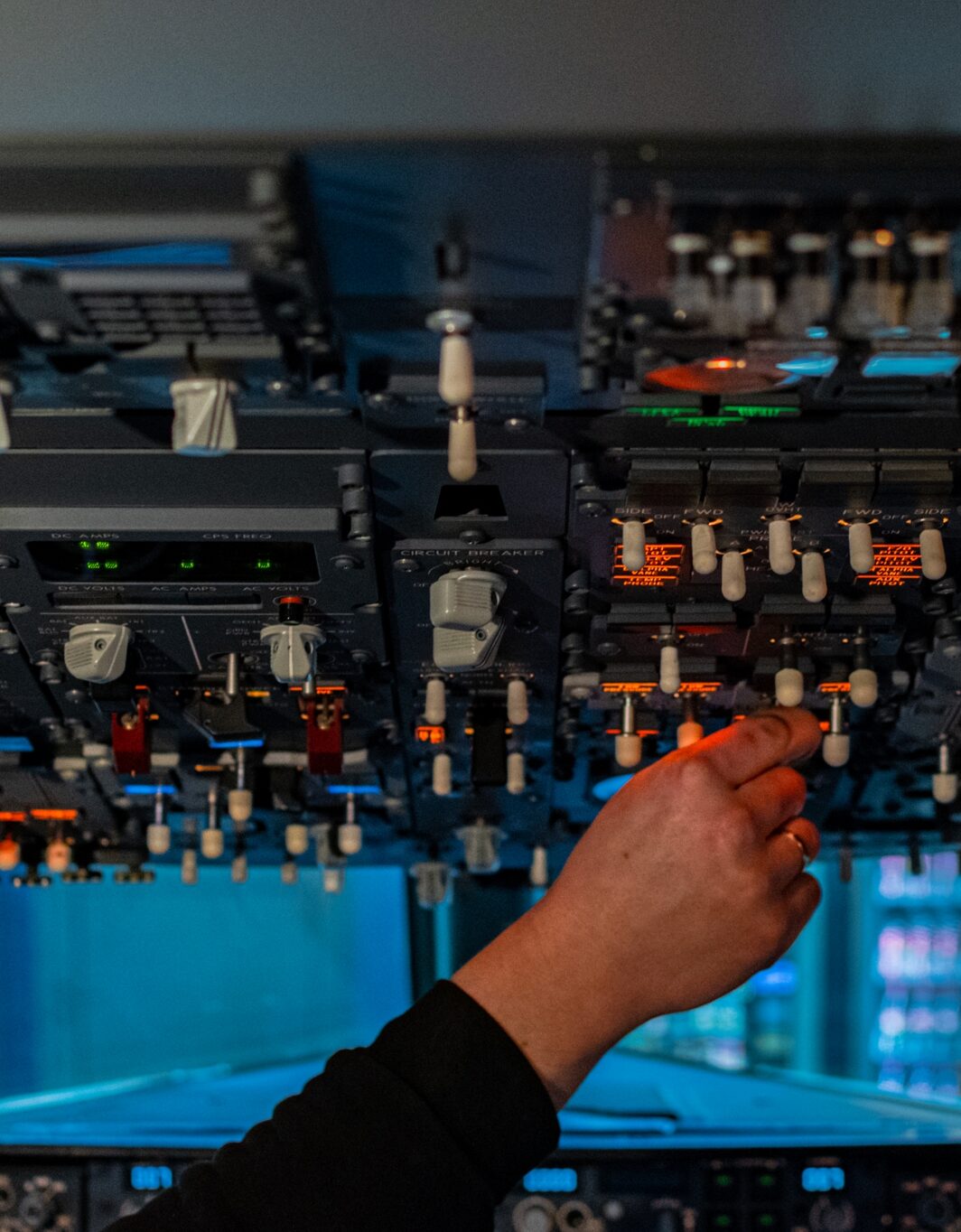Safety Training (including Human Factor) – Initial Training
Delivery methods: online
Group Size: unlimited
Language: English
Course Information
This initial e-learning training course combines key elements of Human Factors and Safety Management Systems (SMS) as basic Aviation Safety Concepts, fully aligned with EASA GM1 145.A.30(e) HF and SMS training requirements. It is not equivalent to Part-66 Module 9 training.
Course Access
Access to the online course is granted for a period of 90 days, starting from the date of purchase. After this period, access to the course materials will expire.
Duration
10 hours.
Content
- General/Introduction to Safety Management and Human Factors
1.1. Necessity of considering safety management and human factors
1.2. Statistics
1.3. Incidents 1a.
Safety Risk Management
1a.1. Hazard identification
1a.2. Safety risk assessment
1a.3. Risk minimization and management
1a.4. Effectiveness of safety risk management
- Safety Culture/Organizational Factors
2.1. Fairness/trust
2.2. Commitment to safety
2.3. Adaptability
2.4. Awareness
2.5. Behavior
2.6. Information
- Human Error
3.1. Models and theories of errors
3.2. Types of errors in maintenance tasks
3.3. Violations
3.4. Implications of errors
3.5. Avoiding and managing errors
3.6. Human reliability
- Human Performance and Limitations
4.1. Vision
4.2. Hearing
4.3. Information processing
4.4. Attention and perception
4.5. Situational awareness
4.6. Memory
4.7. Claustrophobia and physical access
4.8. Motivation
4.9. Fitness/health
4.10. Stress
4.11. Workload management
4.12. Fatigue
4.13. Alcohol, medications, drugs
4.14. Physical work
4.15. Repetitive tasks/complacency
- Environment
5.1. Group pressure
5.2. Stress factors
5.3. Time pressure and deadlines
5.4. Workload
5.5. Shift work
5.6. Noise and fumes
5.7. Lighting
5.8. Climate and temperature
5.9. Movement and vibrations
5.10. Complex systems
5.11. Other workplace hazards
5.12. Workforce shortages
5.13. Distractions and interruptions
- Procedures, Information, Tools, and Practices
6.1. Visual inspection
6.2. Work log and record-keeping
6.3. Procedure - practice/non-compliance/standards
6.4. Technical documentation - access and quality
6.5. Critical maintenance tasks and error detection methods (independent inspection, re-inspection, etc.)
- Communication
7.1. Shift/task handover
7.2. Information dissemination
7.3. Cultural differences
- Teamwork
8.1. Responsibility
8.2. Management, supervision, and leadership
8.3. Decision making
- Professionalism and Integrity
9.1. Keeping up to date
9.2. Avoiding error-inducing behaviors
9.3. Assertiveness
- Organizational Safety Program
10.1. Safety policy and objectives, principles of a just culture
10.2. Error and hazard reporting, internal safety reporting system
10.3. Investigation process
10.4. Actions to resolve issues
10.5. Feedback and promoting Safety
Target Audience
Technical personnel involved in aircraft maintenance or aerospace engineers.
Applicable Standards
EASA 145.A.30(e), GM 145.A.30(e).
Prerequisites
English: minimum basic
Vocabulary: technical, aviation related
Computer (other device) connected to the Internet.
Exam Completion Criteria
Minimum passing score: 75% correct answers.
Exam format: multiple-choice test.
Certificate
Electronic certificate of Recognition.
Additional information
| Course language | EN, PL |
|---|




